
Mikeitz: The Perfect Match
Yosef married Osenath in order to publicize that he hadn’t sinned with her mother. Potiphar, by giving his daughter’s hand to Yosef, conceded to Yosef's...

“Pharaoh called Yosef’s name Zaphnath-pa’aneah; and he gave him to wife Osenath the daughter of Poti Pherah priest of On” (Bereishit 41:45).
WHO WAS OSENATH?
As explained in Parashat Vayishlach, Osenath was Dinah’s daughter, born from her incident with Shechem. According to Chizkuni, Ya’acov sent Osenath away to protect her from Dinah’s brothers. Since she was the product of sin, they were not aware of her redeeming qualities. Ya’acov, however, realized that Jewish lineage follows the mother. (As we explained, Osenath was the first child in Jewish history to which this principle applied.) Rabbeinu Bachaya explains that she was called Osenath from the Hebrew word S’neh, which means bush (referring to her hiding place). It is also possible that her name is related to the Hebrew word “S’nuah,” which means “hated”. Before sending Osenath away, Ya’acov tied an amulet on her neck, upon which was written: “Whoever cleaves to you, cleaves to the seed of Ya’acov” (Targum Onkelos, Parashat Vayechi 48:9). Chizkuni adds that the angel Gavriel brought her to Egypt to the house of Potiphar, who adopted her. When Yosef ruled over Egypt, all the women wanted to gaze at him because of his good looks; as it states “daughters tread on the wall” (Bereishit 49:22). Each of them would cast something down from the wall as a gift for Yosef. Since Osenath had nothing else to throw, she hurled the amulet from around her neck. In this way, when Yosef saw that she was the granddaughter of Ya’acov, he married her.
YOSEF’S PERFECT MATCH
 Another reason Yosef married Osenath was in order to publicize that he had not sinned with her mother. The fact that Potiphar agreed to give his daughter’s hand to Yosef in marriage shows that he conceded to Yosef’s innocence. For who would be willing to marry off his daughter to the man who had violated her mother? According to Yalkut Shimoni 39:146, Osenath was the one who saved Yosef’s life. She testified to her father that Yosef did not seduce her mother. Da’at Zekenim notes that it was by a complete miracle that Osenath wound up in Egypt, in order that Yosef would discover her. Osenath grew up in an environment that was all but conducive to holiness. She was adopted and raised by Potiphar’s wife in a society known for its sexual perversity. Although she was the product of violation by the uncircumcised Shechem, nevertheless, she maintained her purity and holiness and so became the perfect match for Yosef, who is known for his ability to overcome sexual temptation (Bereishit 39:13).
Another reason Yosef married Osenath was in order to publicize that he had not sinned with her mother. The fact that Potiphar agreed to give his daughter’s hand to Yosef in marriage shows that he conceded to Yosef’s innocence. For who would be willing to marry off his daughter to the man who had violated her mother? According to Yalkut Shimoni 39:146, Osenath was the one who saved Yosef’s life. She testified to her father that Yosef did not seduce her mother. Da’at Zekenim notes that it was by a complete miracle that Osenath wound up in Egypt, in order that Yosef would discover her. Osenath grew up in an environment that was all but conducive to holiness. She was adopted and raised by Potiphar’s wife in a society known for its sexual perversity. Although she was the product of violation by the uncircumcised Shechem, nevertheless, she maintained her purity and holiness and so became the perfect match for Yosef, who is known for his ability to overcome sexual temptation (Bereishit 39:13).GUARDING THE COVENANT OF CIRCUMCISION
Why did Shechem desire Dinah so much? Rav Tzadok Hakohen explains in Sefer Yisrael Kedoshim that although the cursed Shechem and the blessed Dinah had nothing in common to bind them together, Shechem desired her because there was a certain spark of holiness within him that Dinah was able to redeem. From their union came forth the holy soul of Osenath, destined to be the soul mate of the righteous Yosef. Besides being able to control his own sexuality, Yosef moreover attempted to dissolve the shell of the foreskin from the entire world by ordering the Egyptians who wished to buy food to circumcise themselves in exchange (See Rashi, Bereishit 41:55). Therefore, we can assume that Osenath’s righteousness was connected to the holiness of the circumcision as well. Although the covenant of circumcision does not pertain physically to a Jewish daughter, it affects her on a much deeper spiritual level, imbuing her inner essence with an inherent purity that can never be tainted. While a Jewish male must undergo circumcision to receive an increased connection to G-d, this connection is inherent in women. Therefore, the Jewish daughter is internally connected to the covenant of circumcision to the extent that an uncircumcised gentile will not be able to defile neither her, nor the unborn child conceived. This explains why Judaism is transmitted through the mother.
According to the Zohar, after Adam was expelled from Eden, he pulled his foreskin forward to hide the sign of the covenant. A rectification for this sin was enacted through the deed that brought the soul of Osenath into the world, requiring that “every male was circumcised” (Bereishit 34:24). Osenath is another example of pure and holy neshamot (souls) being brought into being through unholy circumstances in order to fool the Satan (see Chafetz Chayim on Parashat Vayeishev). Their ability to withstand even the darkest obstacles brings forth and actualizes their true holiness to become the greatest light.
***
Rebbetzin Chana Bracha Siegelbaum is Director of Midreshet B’erot Bat Ayin in Gush Etzion. This article is an excerpt from her book Women at the Crossroads: A Woman’s Perspective on the Weekly Torah Portion, reviewed by The Jerusalem Post, The Jewish Press, Voices Magazine, Good Reads, and WordPress/JewishPress and more. To order this book, click here.


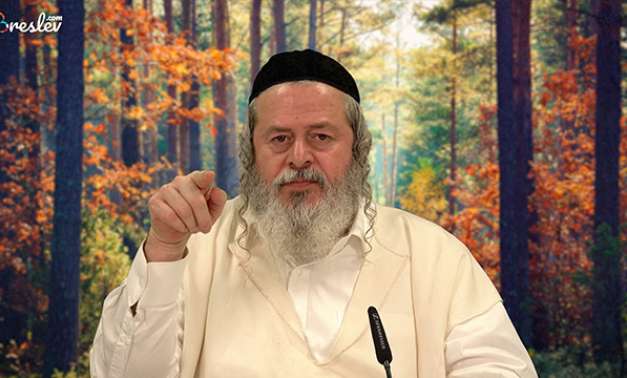

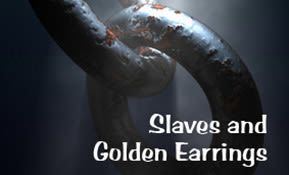

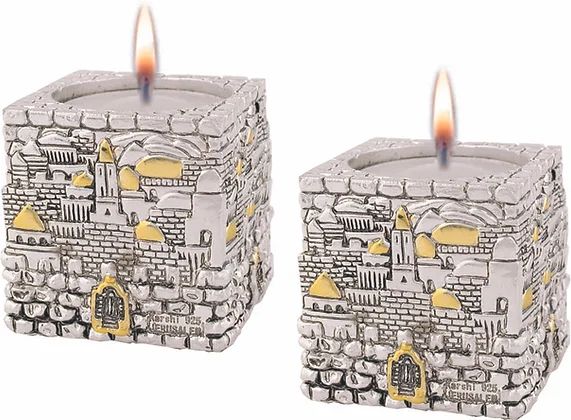
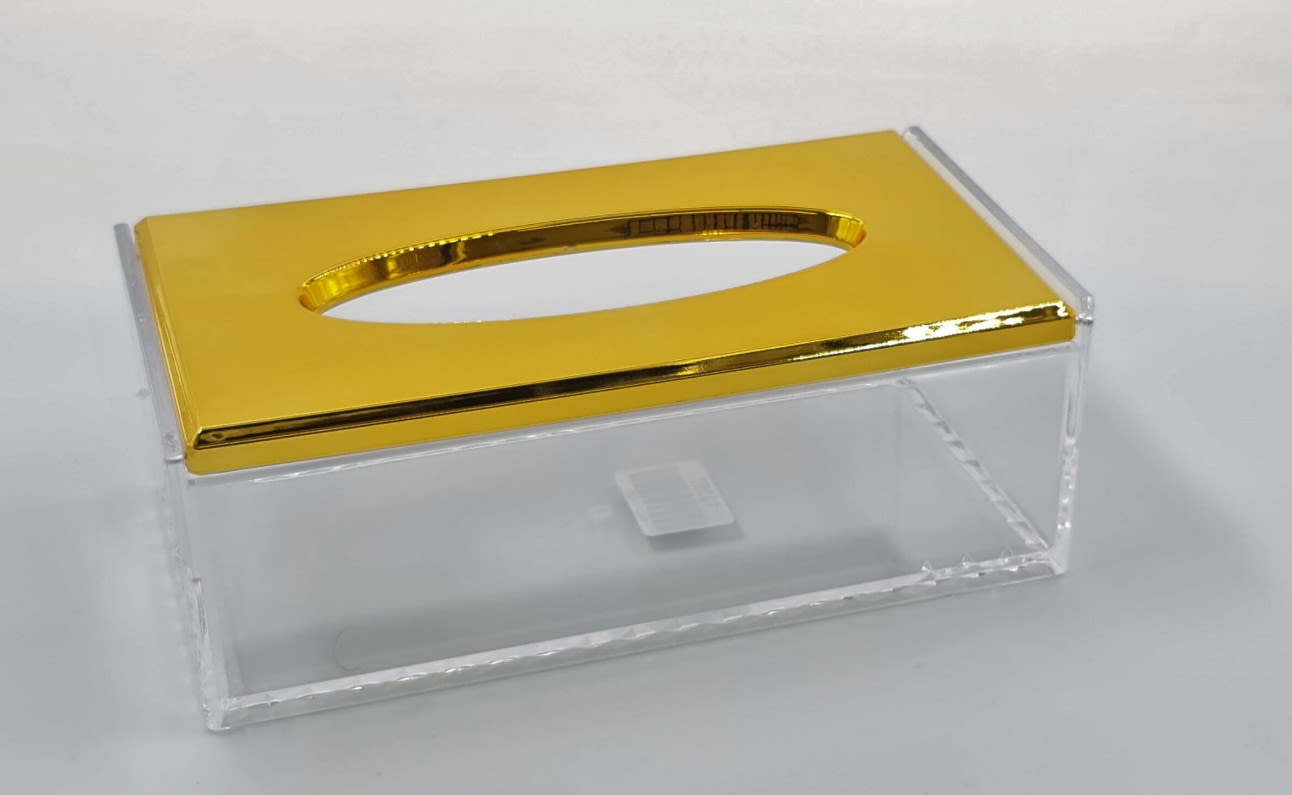


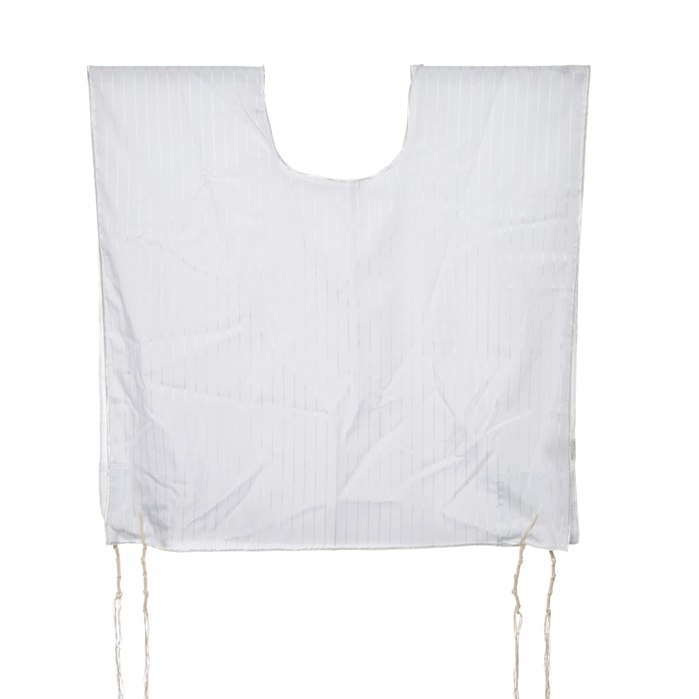
Tell us what you think!
Thank you for your comment!
It will be published after approval by the Editor.